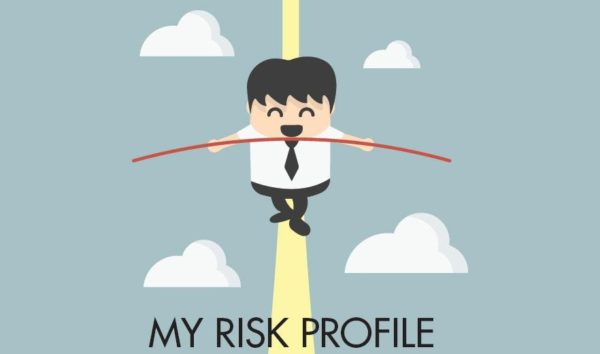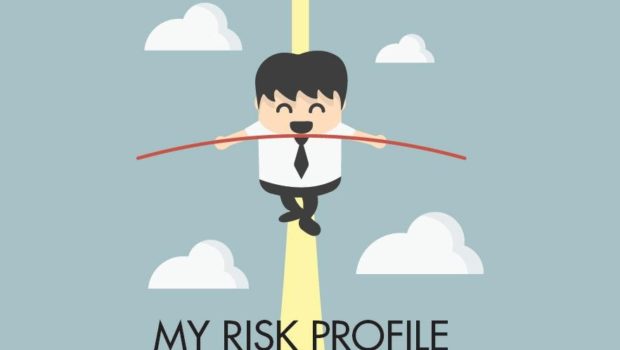Your Risk Profile Affects Investment Decisions
The risk profile of individuals determines how much risk they can take without losing their financial stability. Therefore, it plays a significant role in guiding investment decisions.

What is Risk Profile
A risk profile is a sum of how willing and how capable a person is of taking risks. It determines an individual’s ability to absorb the downsides of investments in case he suffers a loss, in addition to his willingness to do so.
Investing is a risky domain with an equal probability of losses as gains. Therefore, it is critical to assess investors’ ability to take risks to determine the riskiness of investments that they can be a part of. Risk assessment helps investors, their advisers, and analysts understand how much risk a person is able and prepared to accept.
Factors that Contribute towards Risk Profile
Risk profiles of investors are affected by a combination of multiple parameters. The first factor is the age of the investor. Young investors can risk losing their money and earn it back in later years of their life; however, older investors do not have many opportunities to earn their lost money back, making them more risk-averse.
Additionally, investment goals and investment horizon also play a significant role in the assessment of an investors willingness and ability to take risks. Investors with long-term financial goals can take more risks than investors with shorter investment horizons. The willingness to take on risk is also affected by the financial status, regularity of income, stability of income, and total family income. Investors with a lot of disposable income and strong financial standing can take higher risks than ones with weaker financial status.
Impact of Risk Profile on Investment Decisions
The ability to take risks affects investment decisions to a large extent. Whether investors invest in high-risk or low-risk investments is a direct outcome of their willingness to take on risk. The robo-advisory platforms also assess the risk profiles of investors using a risk assessment questionnaire and create an investment portfolio accordingly. Based on an individual’s risk assessment, investors can be classified into three categories:
Aggressive Investors
The investors with a high-risk profile are aggressive investors. They tend to invest in securities with high returns and can afford to take the related high risks. Aggressive investors usually invest in equities and aim towards capital appreciation. Their investment decisions are not affected by risks and losses, and they keep building volatile, stock-dominant investment portfolios. These high-risk seekers are generally young in age, enjoy a strong financial status, and focus on long-term investment goals.
Conservative Investors
Conservative investors have a low-risk profile. They are risk-averse and shy away from high-risk investment products like stocks. The conservative investors prefer stable investments with low returns, low volatility, and low risks. Thus, they tend to invest more in bonds, fixed deposits, fixed-income securities, and other secure investment avenues. The risk-averse investors are generally in the later stages of their life; however, many young investors can also be risk-averse and conservative.
Balanced Investors
Investors with a medium risk profile are called balanced investors. They tend to follow diversification and spread their risk among a broad spectrum of investment products. Balanced investors follow the right mix of capital growth and capital preservation while making their investment decisions and usually build a balanced portfolio of high-risk and low-risk investments. Their investment portfolio includes both equity and debt.
Thus, the risk profile is a determinant of investment decisions. It is the founding stone of investment choices and determines the assets an investor will most likely invest in and his investment’s primary aims.
















